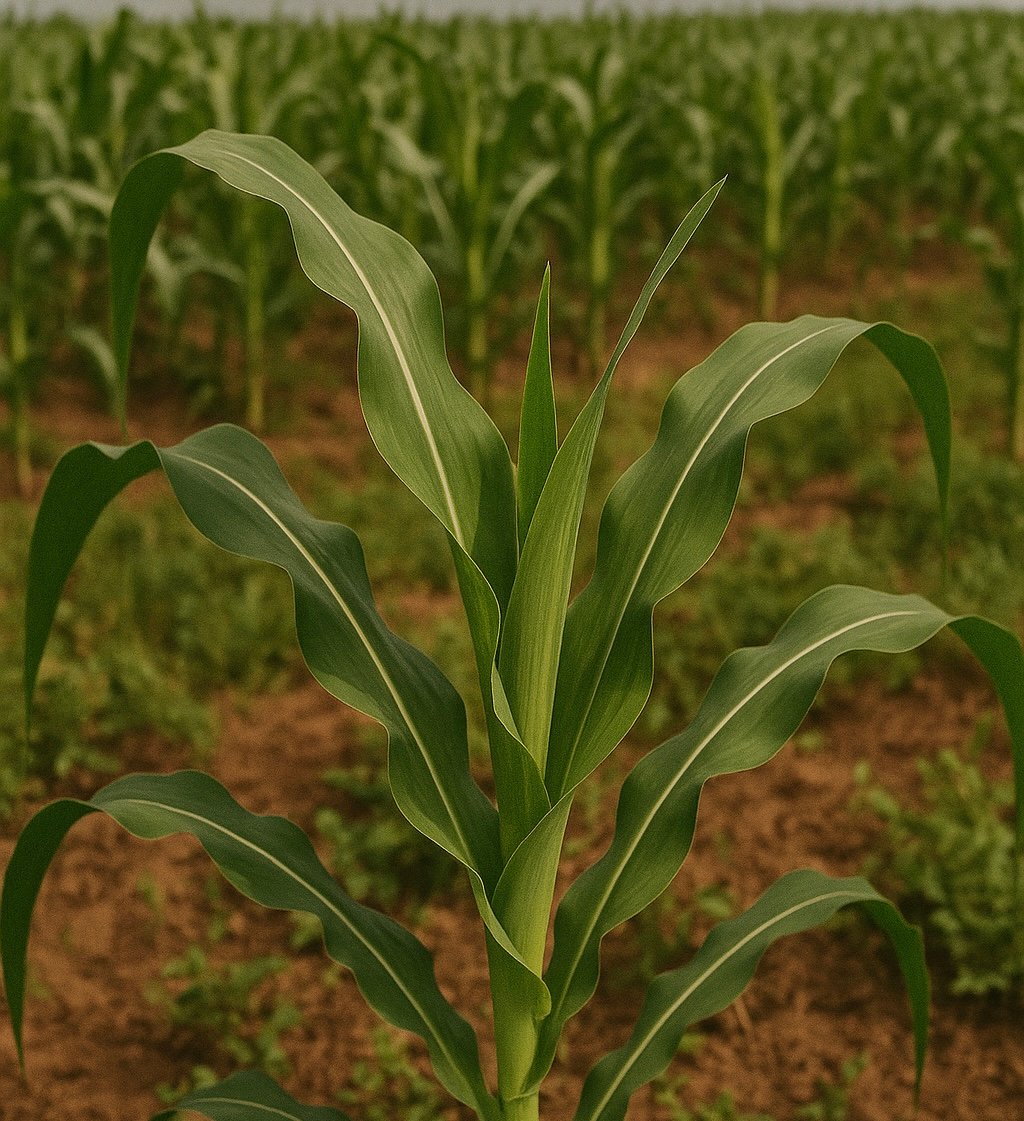In the heart of Southern Africa, Zambia’s vast fertile lands are drawing renewed international attention—especially from China. Once dominated by mining headlines, the country’s narrative is increasingly being rewritten through plows, tractors, and phosphate. Over the past year, Chinese investment in Zambia’s agriculture sector has surged, reshaping the country’s path to food security and industrial growth.
At the center of this transformation is a $340 million fertilizer plant under construction in Chilanga. A joint venture between China’s Sino Great Group and Zambia’s Wonderful Group, this facility aims to produce phosphoric acid and compound fertilizers, crucial inputs for local crop production. Beyond inputs, it’s creating jobs—over 1,600 permanent ones when completed—and positioning Zambia as a potential fertilizer exporter in the region (China Daily, 2025).
But fertilizers are just part of the story. In early 2025, China donated a fleet of agricultural drones to Zambia’s Ministry of Agriculture, signaling a push toward mechanized, tech-driven farming. These drones are expected to improve yields and reduce labor burdens, especially in rural provinces. In tandem, Chinese firms like Anshan Zizhu International are exploring opportunities to set up local manufacturing for farm equipment, a move that could strengthen Zambia’s 2024–2028 Agriculture Mechanisation Strategy (Xinhua, 2025).
Meanwhile, long-standing Chinese-run farms—like the 5,300-hectare Zhongken Farm—continue to play a pivotal role. These large-scale operations produce maize, wheat, soy, and poultry, while engaging in knowledge transfer and training for local workers. In Eastern Province, over 50,000 Zambian smallholder farmers are now contracted to grow cotton for Chinese companies, offering market access and technical support that many lacked before (Chanda & Mofya, 2024).
Yet, the path isn’t without challenges. Issues around land use, equitable partnerships, and follow-through on promised infrastructure persist. While many chiefs and community leaders support the projects, some have pushed back when expectations were not met. Transparency, local ownership, and meaningful community engagement remain essential to ensure sustainable growth.
Still, the momentum is undeniable. Through joint ventures, export protocols, and smart technology, Chinese investment is not just about capital—it’s about partnership. As Zambia modernizes its agricultural sector, China’s role could be a game-changer—if guided by accountability and shared benefit.
Sources:
- China Daily. (2025, January 25). Zambia’s New Fertilizer Plant to Create Jobs and Cut Imports.
- Xinhua. (2025, March 5). China Donates Agricultural Drones to Zambia, Eyes Expanded Cooperation.
- Chanda, N., & Mofya, L. (2024). Chinese Agribusiness in Zambia: Partnerships and Challenges. Journal of Southern African Development Studies.


